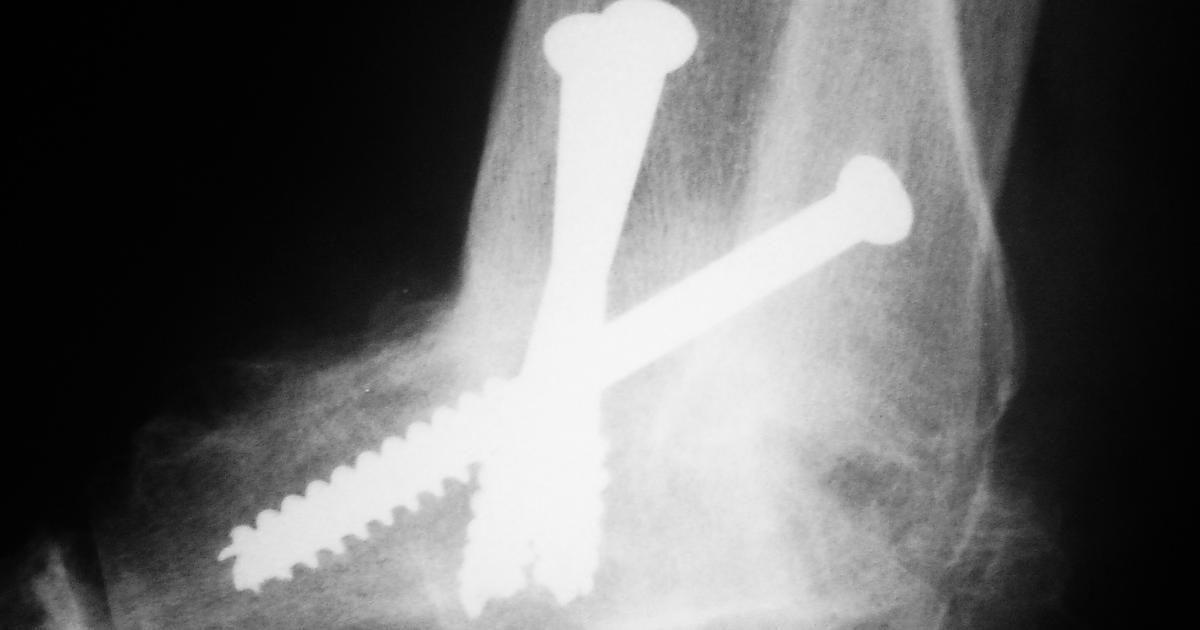What Causes Ankylosis?
Ankylosis is a term that describes stiffness in a joint. In most cases, the condition occurs because the joint has become fused. Rather than being a diagnosis of its own, ankylosis is often considered a symptom of a larger illness. Ankylosis is characterized by the joint's bones having abnormal rigidity and adhesion, restricting movement and can cause pain. The severity of the condition varies from case to case. For some patients, the joint's rigidity is complete, and they lose all ability to move said joint. For others, the rigidity is only partial.
Multiple illnesses that present with ankylosis. Learn about the major causes now.
Arthrodesis

Arthrodesis, otherwise known as joint fusion surgery where the bones causing pain are welded together, is a procedure typically recommended for patients with severe arthritis pain caused by inflammation when a joint moves. Of course, this creates stiffness in the joint (ankylosis). Without the ability to move the joint, the pain typically subsides. In addition, the surgery can increase the stability of the patient's joint and allows them to place more weight on it. Joint fusion surgery is recommended when non-surgical arthritis treatments haven't provided relief. Other patients who may benefit from this procedure are those with back issues like scoliosis and degenerative disk disease. The surgery can be performed on the spine, feet, thumbs, fingers, wrists, or ankles. It's important to note there tends to be a long recovery period. In addition, it may not be the right option for individuals with certain health issues.
Continue for more information on the causes of ankylosis now.